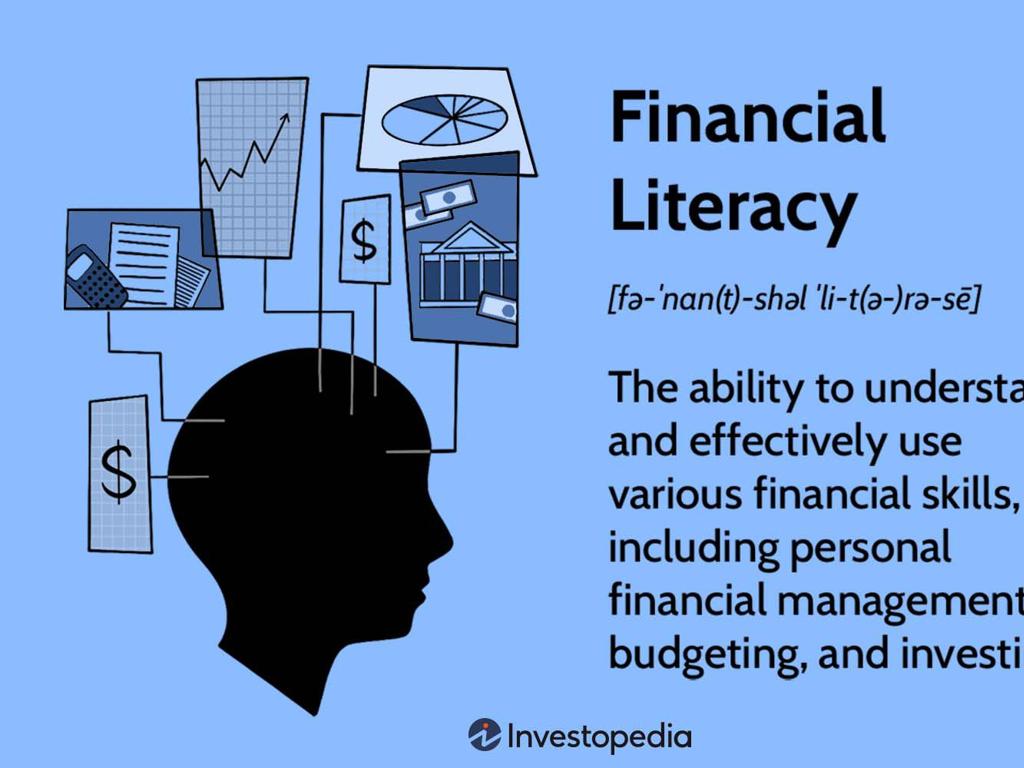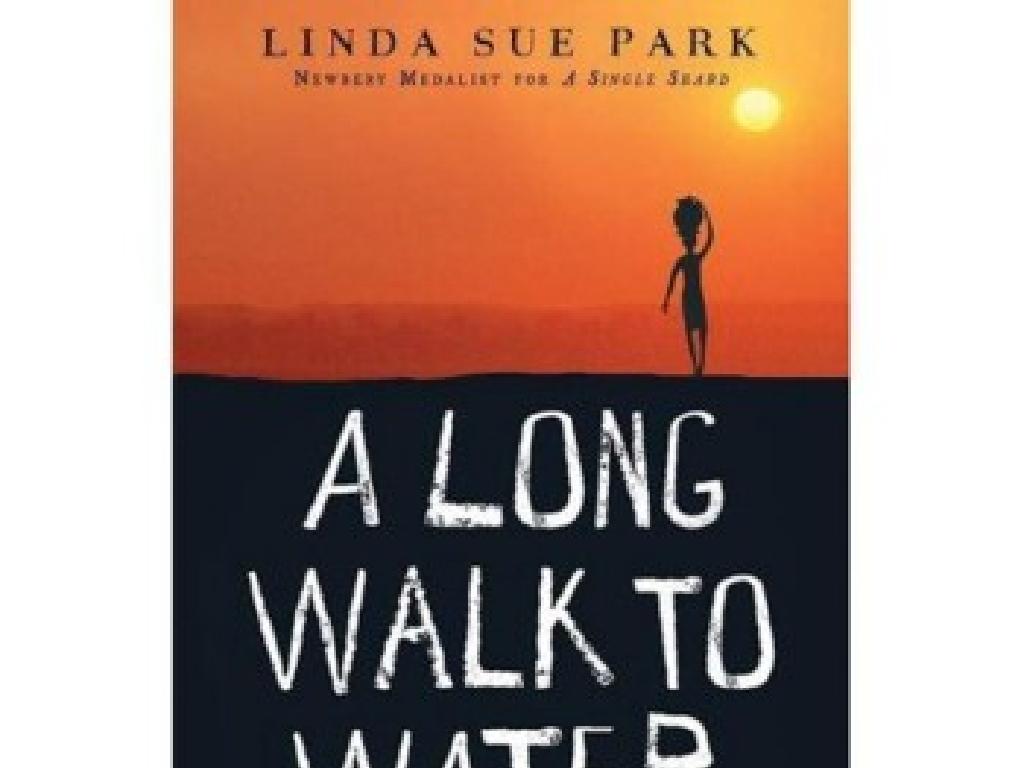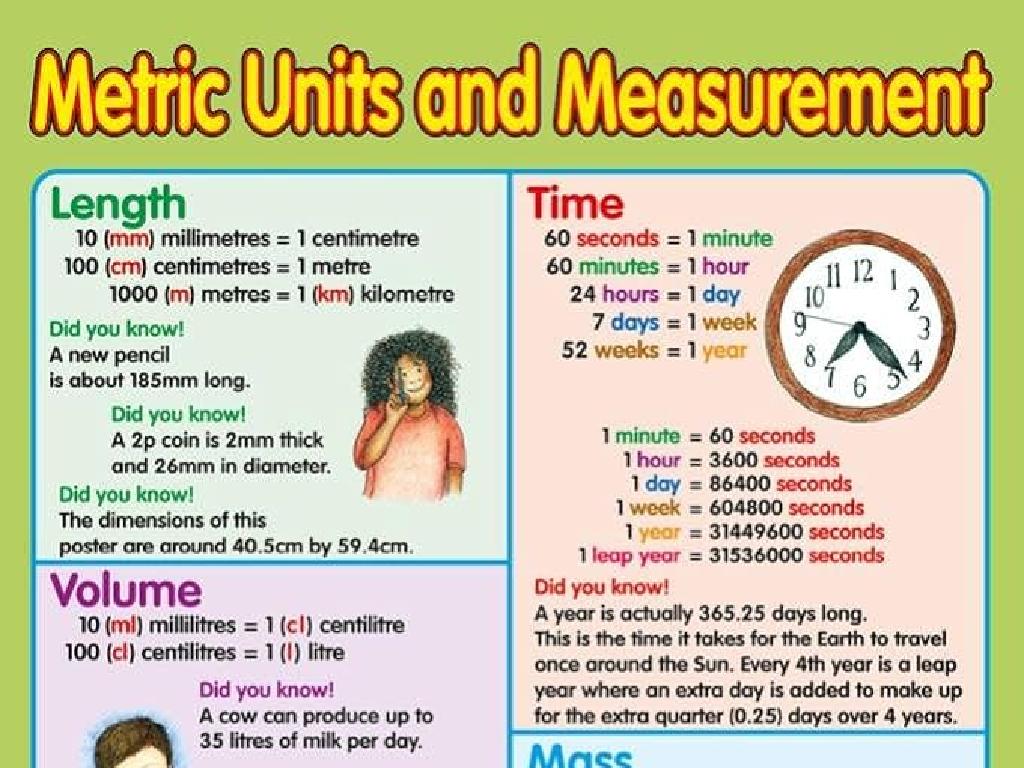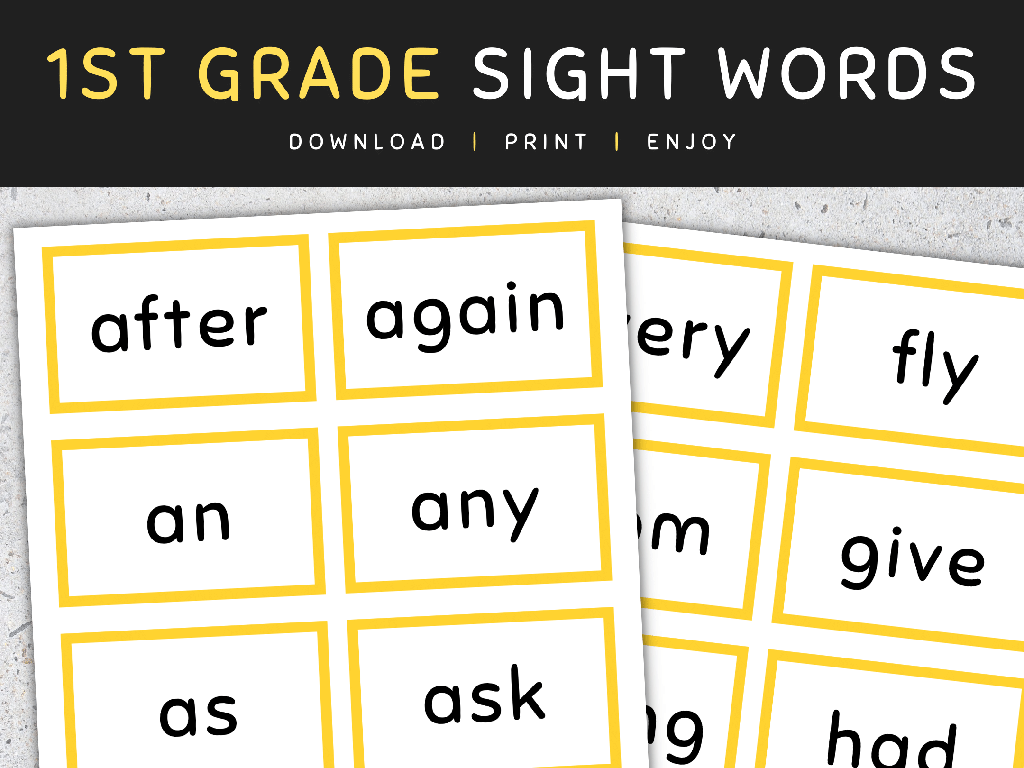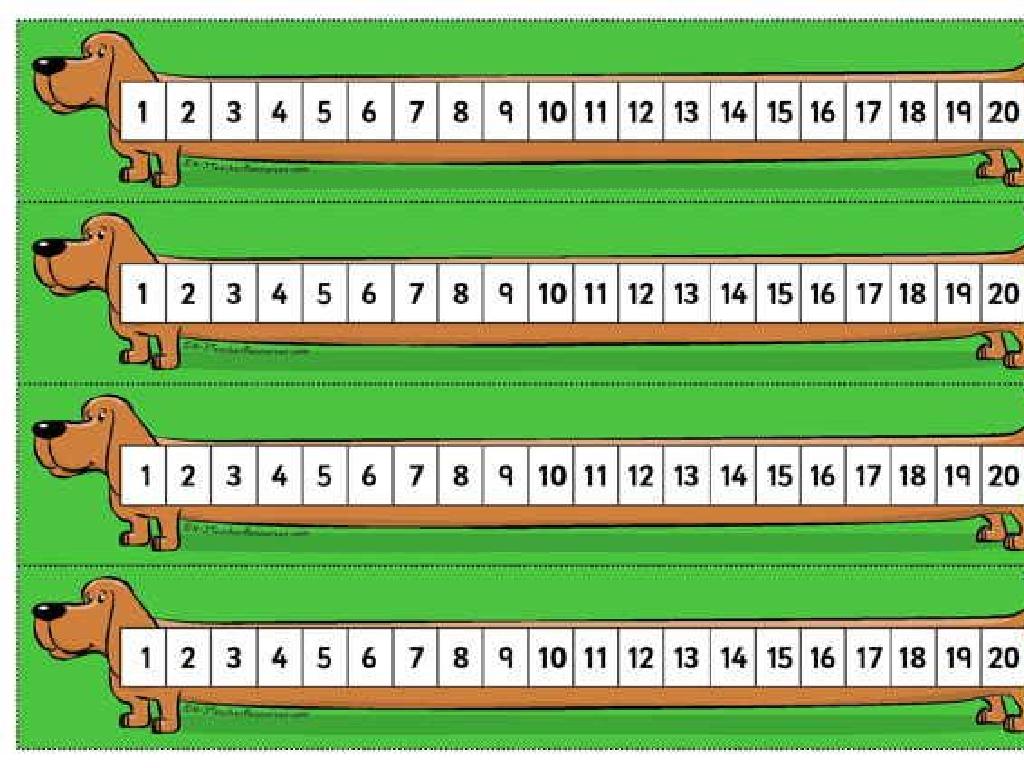Compare Fossils To Modern Organisms
Subject: Science
Grade: Third grade
Topic: Fossils
Please LOG IN to download the presentation. Access is available to registered users only.
View More Content
Welcome to the Past!: Fossils vs. Modern Organisms
– What are fossils?
– Fossils are remains of ancient life, like bones or shells.
– Fossils as clues to the past
– They show us what creatures looked like long ago.
– Comparing fossils to today’s animals
– See how ancient creatures differ from or resemble animals we know.
– What we learn from fossils
– Fossils tell us about Earth’s history and how life has changed.
|
This slide introduces students to the concept of fossils and their importance in understanding the history of life on Earth. Begin by explaining what fossils are and how they are formed. Discuss how fossils serve as clues to what plants and animals were like in the past. Encourage students to think about how these ancient organisms compare to modern ones they are familiar with, and what this can tell us about how life has evolved over millions of years. Use examples like the fossil of a dinosaur compared to a lizard or a bird to illustrate similarities and differences. The goal is to spark curiosity about the natural world and the history of life on our planet.
What Are Fossils?
– Fossils: Preserved ancient life
– Fossils are parts of plants or animals that have turned into rock over time.
– Examples: Bones, teeth, shells
– Think of dinosaur bones, shark teeth, or leaves that have left marks in stones.
– Fossils can be very old
– Some fossils are from creatures that lived over a million years ago!
– Fossils help us learn history
– By studying fossils, we can understand what Earth was like long before we were here.
|
This slide introduces the concept of fossils to third-grade students. Begin by explaining that fossils are the remains of plants and animals that have been preserved in rocks. Use relatable examples like dinosaur bones or seashells that have turned into stone over a very long time. Emphasize the age of fossils to spark interest in their ancient origin. Conclude by explaining that fossils are like history books, telling us stories about the Earth’s past and the creatures that lived millions of years ago. Encourage students to think about how different the world must have been and what we can learn from these natural historical records.
How Are Fossils Formed?
– Fossilization steps: death to discovery
– Starts with an organism’s death, followed by burial, preservation, and finally, discovery.
– Not all creatures turn into fossils
– Many plants and animals decompose before they can be fossilized.
– Special conditions for fossil creation
– Fossils form in places like rivers or tar pits, where conditions stop decay and preserve remains.
– Fossils help us learn about the past
|
This slide introduces students to the process of fossilization. It’s important to explain that not every organism will become a fossil; specific circumstances must be met. These include rapid burial and the presence of sediments that protect the body from decay. Emphasize that fossilization is a rare event and that the discovery of fossils allows scientists to piece together the history of life on Earth. Encourage students to think about the conditions that might prevent an organism from decomposing and what we can learn from fossils about creatures that lived millions of years ago.
Types of Fossils: Clues from the Past
– Body fossils: real organism parts
– Like bones and teeth from dinosaurs!
– Trace fossils: activity evidence
– Like dinosaur footprints or bird nests!
– Fossils: big and small sizes
– Some fossils are as big as a car, some as small as a seed!
|
This slide introduces students to the different types of fossils and their significance. Body fossils are actual parts of organisms that have been preserved over time, such as bones and teeth. These can give us a lot of information about what the organism looked like. Trace fossils are evidence of an organism’s activities, like footprints or nests, and they tell us how the organism lived. Emphasize that fossils come in all sizes, from very large to microscopic. Encourage students to think about how each type of fossil might provide different information about past life on Earth. You can bring in examples of body and trace fossils or show pictures to help students visualize the concepts.
Fossils vs. Modern Organisms
– Fossils: a peek into the past
– Fossils show us plants and animals from millions of years ago.
– Comparing fossils to today’s life
– Look at a fossil and a living creature, what’s alike?
– Spotting similarities and differences
– What has stayed the same, what’s different?
– Understanding changes over time
– This helps us learn how life has evolved.
|
This slide aims to introduce students to the concept of fossils and how they can be compared to modern organisms. Fossils are like history books, telling us stories about creatures from a very long time ago. By comparing these ancient remains to animals and plants we see around us today, we can spot similarities and differences. These observations allow us to understand how species have changed over time, adapting to new environments and evolving into the diverse life forms we see today. Encourage students to think about what factors might cause these changes and to consider how slow this process is in the grand scale of time.
Discovering the Past with Fossils
– Paleontologists: Fossil Scientists
– Scientists who study ancient life through fossils
– Tools they use: Brushes and chisels
– They use these tools to gently dig up fossils
– Comparing fossils to today’s animals
– They look at old and new creatures to see changes
– Learning about evolution
– Understanding how creatures have changed over time
|
This slide introduces students to the role of paleontologists and the tools they use to uncover fossils. It’s important to explain that paleontologists are like detectives who study fossils to understand what creatures lived in the past. By comparing these ancient remains to animals and plants that are alive today, they can see how life has evolved and changed over millions of years. Encourage students to think about what tools they would use if they were paleontologists and how they might compare a fossil they found to a modern organism. This will help them grasp the concept of evolution and the importance of fossils in studying the history of life on Earth.
Let’s Compare: Fossils vs. Modern Organisms
– Observe fossils’ shape and size
– Look at the fossil’s form. Is it big or small? What does it remind you of?
– Compare with today’s organisms
– Think about animals or plants you know. Do they look like the fossil?
– Note similarities between them
– Do the fossils have the same shapes or patterns as living things you’ve seen?
– Spot the differences observed
– What’s not the same? Maybe the size or parts of the fossil are different.
|
This slide aims to engage students in a visual comparison between fossils and modern organisms. Encourage them to carefully observe the physical characteristics of fossils, such as their shape, size, and structure, and then compare these features with animals and plants they are familiar with. Prompt them to discuss any similarities they find, which could indicate a relationship between the fossil and modern species. Also, guide them to identify differences that may highlight changes over time or adaptations. This activity will help students understand the concept of evolution and the history of life on Earth.
Class Activity: Fossil Detectives
– Play paleontologist: examine fossils
– Observe details with magnifying glasses
– Draw observations & compare to modern life
– Sketch the fossils and note similarities/differences with today’s animals or plants
– Discuss comparisons & past life insights
– What do these similarities/differences suggest about how life has changed?
|
In this engaging class activity, students will step into the role of paleontologists, the scientists who study fossils. Provide students with real or replica fossils and magnifying glasses to closely observe the intricate details. They should draw their observations, paying special attention to shapes, patterns, and any recognizable features. Afterward, students will compare their drawings to images of modern organisms to spot similarities and differences. Facilitate a class discussion to interpret these comparisons, guiding students to consider what these observations might reveal about the history of life on Earth and how organisms have evolved over time. Possible activities include comparing different types of fossils, discussing the environment where the organisms might have lived, and hypothesizing why certain features have changed or remained the same.

